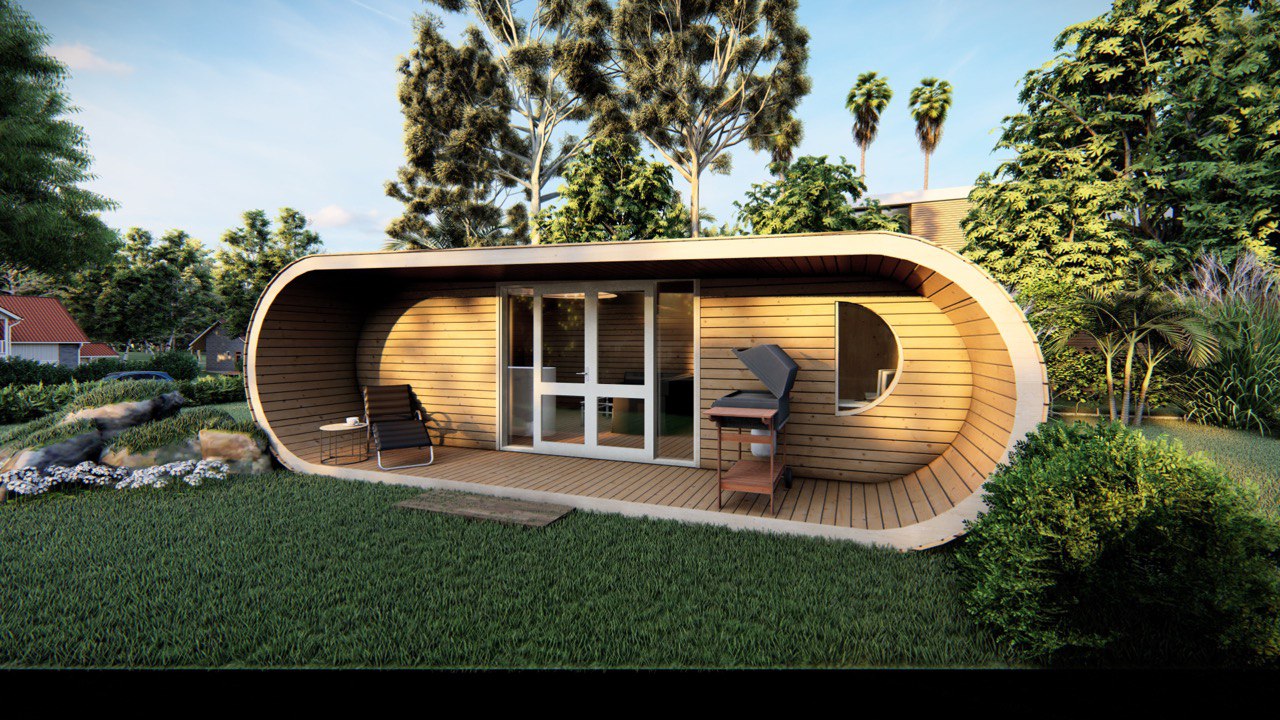Your cart is currently empty!
Categories
Recent Posts
Archive
Tags
Backyard Retreat Buy Garden Cabin cabin Fire safety garden cabin Garden Cabin for Sale Garden Cabin Ideas Garden Office Guest Room Home Addition Home Improvement How to Choose a Garden Cabin log cabin log house Outdoor Living planning permission secret garden cabin Studio Sustainable Living Ventilation wooden cabin wooden house
Social Links

The need for planning permission to sleep in a garden cabin can vary depending on various factors such as size, location, and the specific regulations of your local authority or country. In some cases, a small garden cabin used solely for recreational purposes may be considered a temporary structure and not require planning permission. However, if you plan to use the garden cabin as a permanent living space or for overnight stays, it may be subject to planning regulations. It is recommended to check with your local planning authority or consult a professional to determine the specific requirements in your area.
* Remember that your garden cabin must comply with Building Regulations
It’s important to understand that Planning Permission and Building Regulations are not the same thing.
Building Regulations certify the quality of the building’s structure, guarantee it is safe for sleeping in and cover all areas of construction, including:
* Fire safety: Building Regulations ensure that the building has proper fire safety measures, such as appropriate fire exits, fire-resistant materials, and fire alarm systems.
* Structural stability: The regulations ensure that the building’s structure is stable and can withstand the loads and forces it may be subjected to.
* Ventilation: Building Regulations specify the minimum requirements for ventilation to provide a healthy indoor environment with an adequate supply of fresh air.
* Insulation: The regulations set requirements for thermal insulation to ensure energy efficiency and provide comfort to occupants.
* Plumbing and drainage: The regulations cover the installation of plumbing and drainage systems, including water supply, wastewater disposal, and sewage systems.
* Electrical safety: Building Regulations provide guidelines for electrical installations to ensure safety, including the use of wiring, sockets, and electrical appliances.
* Accessibility: The regulations address accessibility for people with disabilities, including the provision of ramps, handrails, and accessible facilities.
* Sound insulation: The regulations set standards for sound insulation to minimize the transmission of noise between different parts of the building or between adjoining properties.
* Conservation of fuel and power: Building Regulations include requirements to enhance energy efficiency, such as insulation materials, energy-efficient heating systems, and lighting controls.
* Structural integrity during construction: The regulations ensure that the building’s structure is safeguarded during construction to prevent accidents or damage to the existing structure or neighboring properties.




Leave a Reply